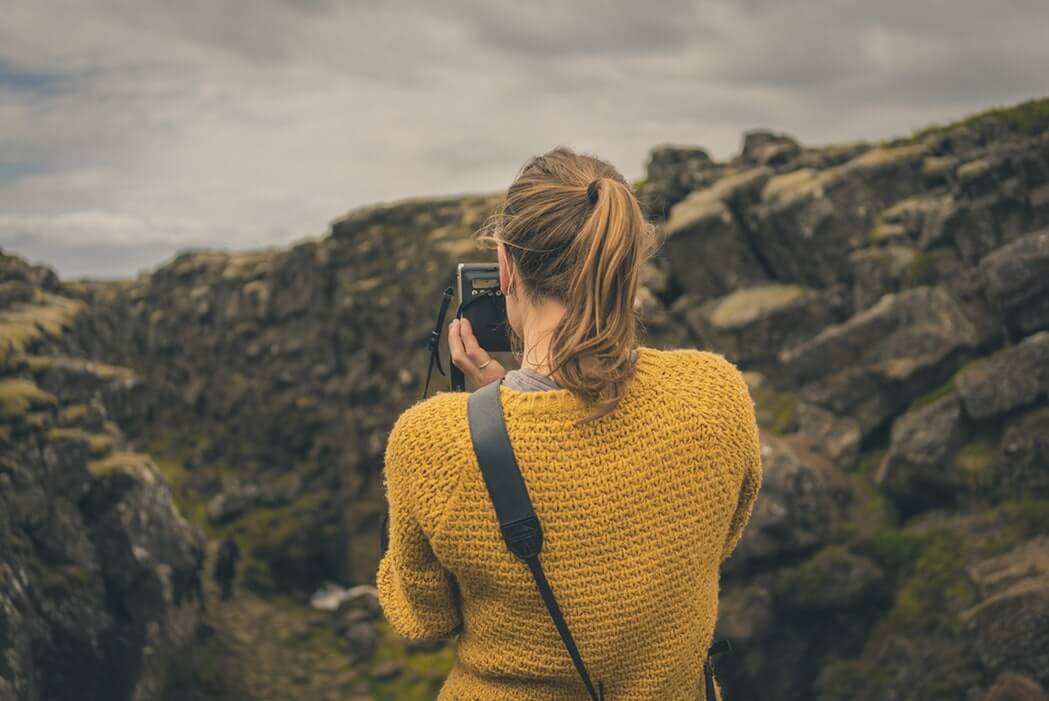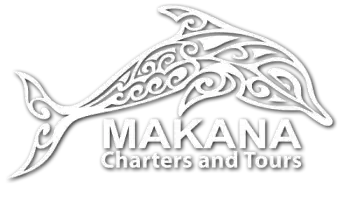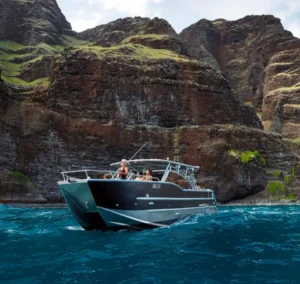Kauai has one of the highest number of endangered plant and animal species in the world. The Garden Isle is also blessed with a wide variety in biodiversity which makes it a hotspot for Ecotourism.
Speaking of Ecotourism, the word has different interpretations based on the context we discuss it in. Some say that Ecotourism is about traveling to ecologically rich destinations while others debate that Ecotourism involves being a responsible tourist and leaving the place better than we found it.
According to International EcoTourism society, Ecotourism is defined as “Responsible travel to natural areas that conserves the environment, sustains the well-being of local people, and involves interpretation and education.” Wikipedia defines Ecotourism as a form of tourism involving visiting fragile, pristine, and relatively undisturbed natural areas, intended as a low-impact and often small scale alternative to standard commercial mass tourism.
To summarize, we would say that Ecotourism involves traveling to destinations where flora, fauna and cultural heritage are the main attractions and not letting human intervention degrade these vital components of nature.
Since Kauai is immensely blessed with biodiversity, which is also the focal point of tourism on the island, the locals are naturally inclined to respect their ecosystem and expect the tourists to do the same.
In this blog post, we will discuss about three Ecotours on the island, which are both exciting and educational, to satisfy the Ecotourist within you.
1.Ho’opulapula Haraguchi Rice Mill and Taro Farm Tour
Hanalei is one of Kauai’s oldest towns and is home to the Ho’opulapula Haraguchi rice mill- the only rice mill left in all of Hawaii! This rice mill is now a museum maintained by the Haraguchi family to educate the upcoming generations about its history and legacy.
Haraguchi Rice Mill is listed on the National Register of Historic Places. Following significant damage from Hurricane Iwa in 1982, the structure was later restored. The vintage rice mill has also borne the brunt of a couple of fire accidents, but has come out strong every time.
The mill is located in the Hanalei taro fields, which is a 55-acre sixth generation family farm, now maintained by Haraguchi Nakayama. This wetland taro farm is also home to 5 endangered Hawaiian water bird species.
To preserve the ecosystem, guided tours of the farm are offered with prior reservation. In this educational tour, the guide will uncover the process of growing and harvesting taro. This is a hands on tour where you will be preparing a variety of local dishes and tasting family recipes.
All proceeds go towards non profit work, restoration efforts and educational programs.
2. Take a Guided Tour of The National Tropical Botanical Gardens
In a world where forests are losing ground day by day, several scientists, volunteers and local authorities of Kauai have together created thousands of acres of natural habitat for exotic and endangered plant species in Kauai.
There are three National Tropical Botanical Gardens on the Garden Isle- The McBryde and Allerton Gardens on the south shore and the Limahuli Garden on the north shore.
The McBryde Garden in the lawai valley is a 300-acre safe haven for imperiled plants.It is home to the largest ex situ collection of native Hawaiian flora in existence. It boasts of a collection of palms, flowering trees, heliconias, orchids and more. These plant species are collected from different parts of the world by scientists and botanists, and later transported to Mcbryde garden, where they’re nurtured.
The 80-acre Allerton Garden is located nearby. Here, along with botanically important plant species, the focal point is the landscape design, which is praiseworthy.
The Limahuli Garden located on the north shore is the second most biodiverse valley in Hawaii. It is a place of refuge to over a dozen plant and bird species. The most interesting thing about Limahuli Garden is its Biocultural Conservation program, which honours the intrinsic relationship between nature and humanity. Taking inspiration from primitive Hawaiian practises, the program provides philosophies and practises for protecting forest health, protecting stream integrity, creating fertile agricultural fields and promoting an abundant nearshore fishery- all of which support human existence.
All the NTBGs are not only engaged in preservation and developmental efforts but also provide guided tours of the gardens for interested Ecotourists.
3. Take a Whale Watching and Napali Coast Boat Tour
If you’ve read our blog post on Kauai’s Whale Watching Season, you’ll know that every year, during winter, Humpback whales migrate to the island for mating, breeding and nursing their young ones. The season falls between December and May and the island witnesses increase in tourist traffic during this time period.
To protect the endangered species from the brunt of excessive tourist traffic, bodies like the Hawaiian Islands Humpback Whale National Marine Sanctuary and NOAA have laid down regulations and are actively involved in preservation efforts. As an Ecotourist, you can take part in whale count volunteering programs, and give back to the island by being a part of a worthy endeavor.
Whale watching is best experienced by taking a boat or catamaran tour to the Napali coast, which is considered a geological wonder on the island. The 16 mile mountainous coastline with cliffs towering up to 4000ft from the shore, is an excellent location to study the ecology, geology and history of the island. The Napali coast was where the early Polynesians and Tahitians first arrived on Kauai and shaped the Hawaiian culture we see today.
By choosing one of our catamaran tours, you will have the advantage of learning about the humpback whales and the Napali coast from one of our knowledgeable local guides who will not just educate, but give you the context behind the history, ecology and geology of the island, thus enhancing your Ecotourism experience.
Summary and Infographic
Each and every place or activity in Kauai offers something to learn about the island. Apart from the places discussed above, you can choose to go on guided hikes and even visit culturally significant places and museums.
Hawaiians have always valued and cared for their land. Visiting the island in a way where we respect old principles of the land, and give back to the land and its people, is what Kauai Ecotourism is all about.


![3 Best Places for Ecotourism in Kauai [Infographic] 3 Best Places for Ecotourism in Kauai [Infographic]](https://makanacharters.com/wp-content/uploads/2019/11/Ecotourism-in-Kauai-Infographic-by-Makana-Charters.png)


